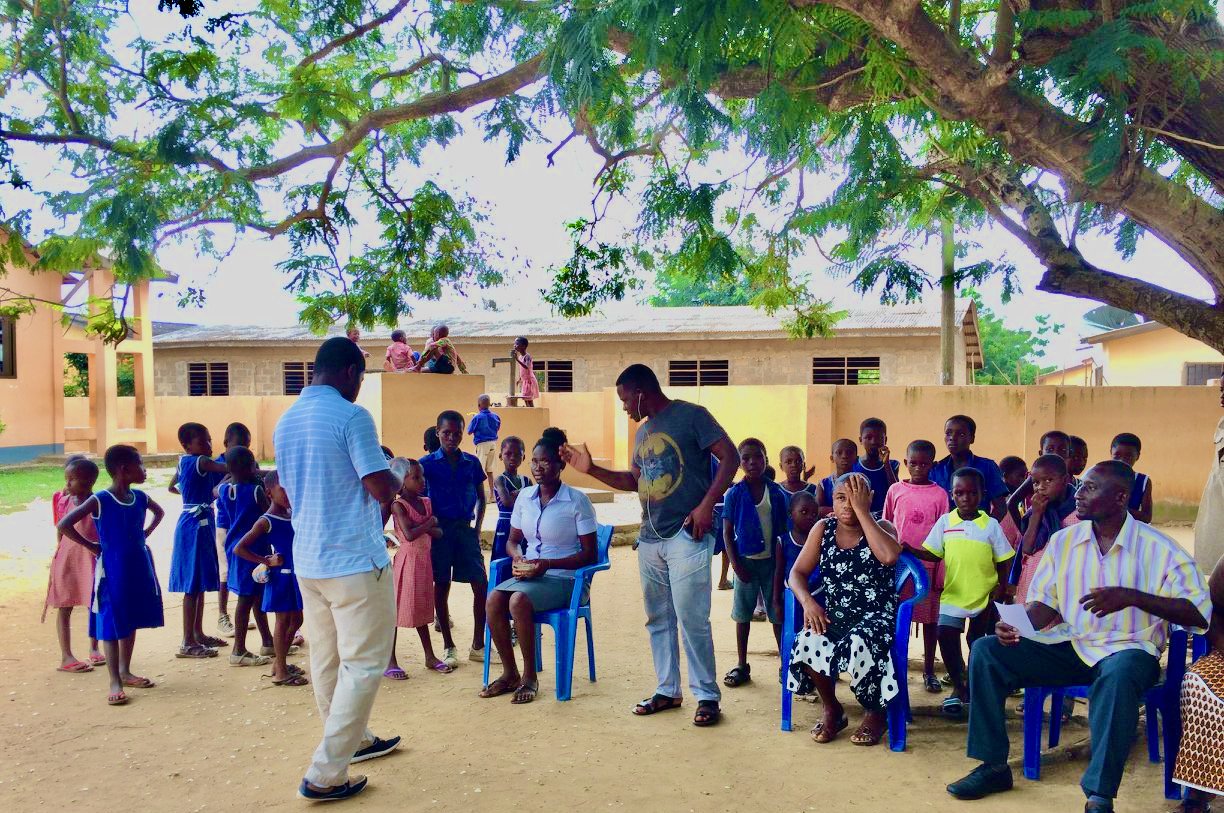
CERTIFICATE IN PUBLIC HEALTH MANAGEMENT
Module 6: Family Dynamics
Family and culture are critical influences in a patient’s life. It is important that healthcare delivery programs consider the individual’s values and beliefs regarding topics such as lifestyle and work ethics, their relationships to a specific tribe or religion, their manner of communication and conveying, and their personal health and nourishment. Socioeconomic status of the patients’ family must also be examined, including considerations for the patient’s access to social support, their financial situation (wages, insurance, spouse), and education. (1)
Culturally engrained family roles can control accessibility of healthcare for each family member. For example, some cultures require that a husband or father give permission to a woman before she may access healthcare services. Women who are considered subordinates to their male counterparts therefore frequently have less access to public health programs and interventions.
Additionally, studies indicate that educated women in development countries are overwhelmingly more likely to seek healthcare than their uneducated counterparts. As Lawrence Summers explains, “educating women raises their productivity.”(2) This productivity can be observed not only through increased salaries, but also in terms of their general proactivity in the world around them. In developing countries, the benefits of educating women have proven to be widespread: infant mortality is reduced, maternal mortality is reduced, HIV prevalence in urban Africa is reduced, and there are enormous overall social benefits. In contrast, those with unequal family roles can leave women with less access to healthcare. If the husband is considered the only educated member of the household, and if the woman is unable to make healthcare decisions, the woman may miss crucial health opportunities for both herself and her family.(3)
It is important for medical interventions to consider the influences that family dynamics play in delivering health services at the community level. The guiding factors differ slightly in every culture, and therefore programs must think creatively and be tailored specifically to each situation in order to ensure equal access to healthcare.
Footnotes
(1) Downing, Diana. Tropical Nursing, Chapter 11 in Surgery and Healing in the Developing World ed. By Glenn W. Geelhoed. Georgetown, Texas, Landes Bioscience, pages 87-91.
(2) Summers, L., “Investing in All the People: Educating Women in Developing Countries,” Economic Development Institute of The World Bank. An Edi Seminar Paper, Number 45 (1992).
(3) Ibid.
